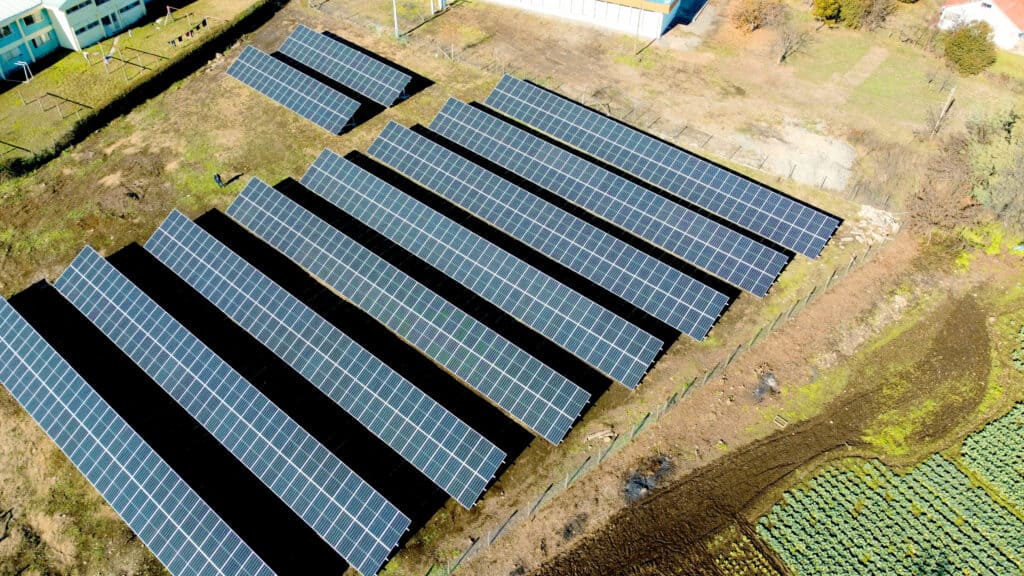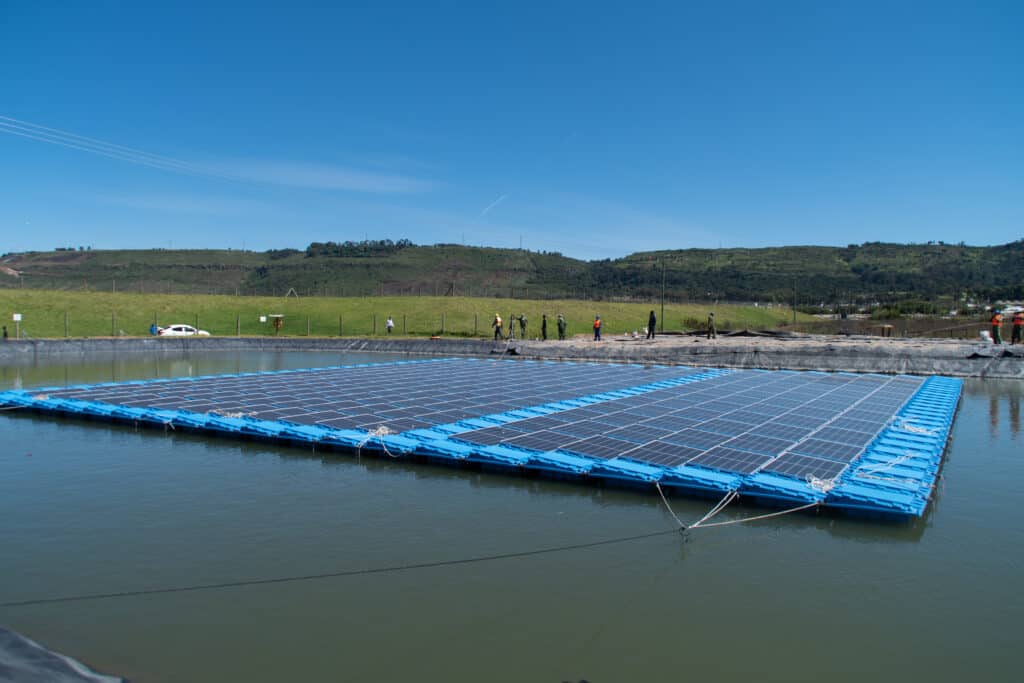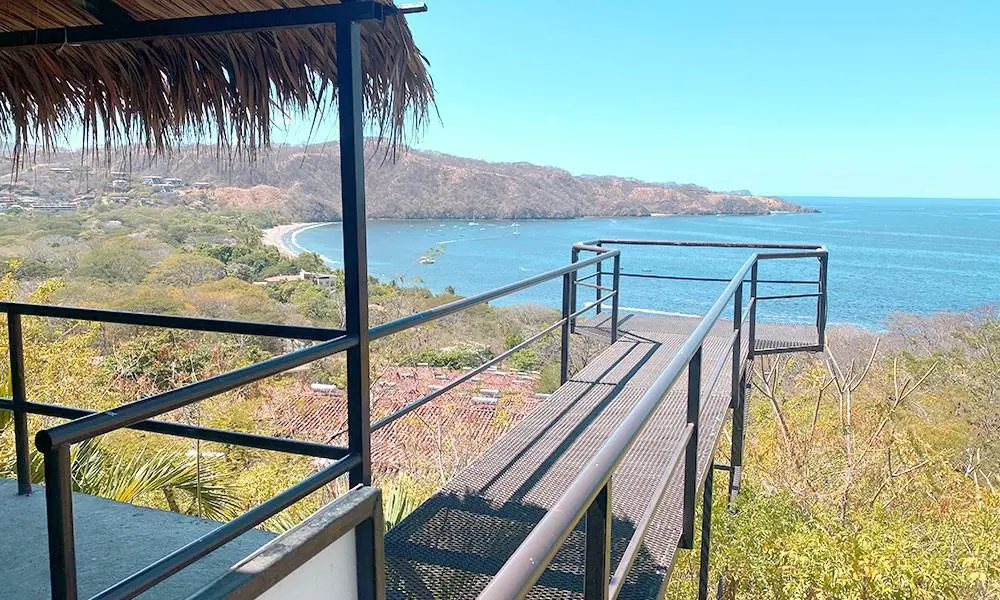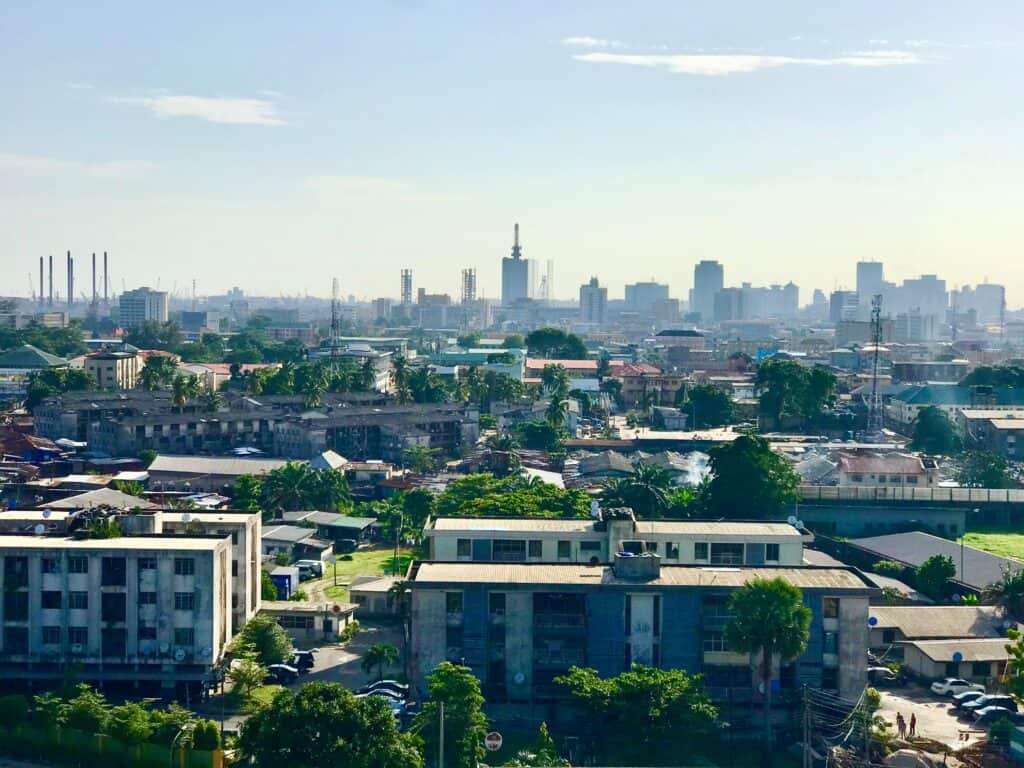Three ways to install a solar system
A good solar system is not only tailored to the needs of the client, but also to the structural conditions on site. In order to achieve this alignment, one important question has to be answered right at the beginning: Where can the solar system potentially be installed? Although the answer to that questions is a little different from client to client, there are usually three ways in which a solar system can be installed.
Roof-mounted solar systems

This is the most common way of installing a solar system in the C&I sector. As most companies, especially those in the manufacturing business, own several buildings or factories, installing a solar system on the roof is often the ideal solution. By installing the system directly on the roof, the solar energy can be produced right where it is consumed. In addition, roof-mounted solar systems are a great way to repurpose previously unused rooftop space.
However, the installation of a roof-mounted system very much depends on the structural analysis of the concerned building. Not all roofs are able to support the additional weight of a solar system. Therefore, structural reinforcements might be needed before installation can begin.
Ground-mounted solar systems

In those cases where even structural reinforcements are not enough, or where the available rooftop space is too small, ground-mounted solar systems are installed. These solar systems are usually installed in previously unused open areas. Often times, the installation sites are close to the site where the solar energy is being consumed.
While ground-mounted solar system do consume land, they do not seal off the soil. To some extent, nature is still allowed to bloom around ground-mounted solar systems, often even benefiting from the additional shade provided by the solar panels.
Floating solar systems

Floating solar systems are still relatively new and rare. As their name suggests, these systems are usually installed on water reservoirs or other bodies of water close to the client’s facilities. Thanks to floating devices, the solar panels sit directly on top of the surface, where they produce clean solar energy.
Out of all three available types of solar systems, floating systems offer the most advantages. They do not consume any land or require great structural changes at the site, but simply float on top of the water. This placement offers additional benefits. Thanks to the water’s cooling effect, the performance of the solar panels increases. Simultaneously, the water evaporation is decreased thanks to the shading effect of the system. A win-win situation for the solar system and the water reservoir.
Solar always finds a way
Having the possibility to install solar systems in three different ways allows for maximum flexibility. And they are not mutually exclusive. For some clients, both a ground- and a roof-mounted system are installed. Or a roof-mounted system gets combined with a floating solar system. Whatever the structural conditions: There is almost always a way to install solar energy.
Related Posts
The Future of Tourism is Green: How Your Investment in Condovac Makes the Vision of a Sustainable Hotel Facility a Reality
Costa Rica – A pioneer in sustainable tourism The philosophy of Costa Rica – PURA VIDA – the pure life presupposes an…

